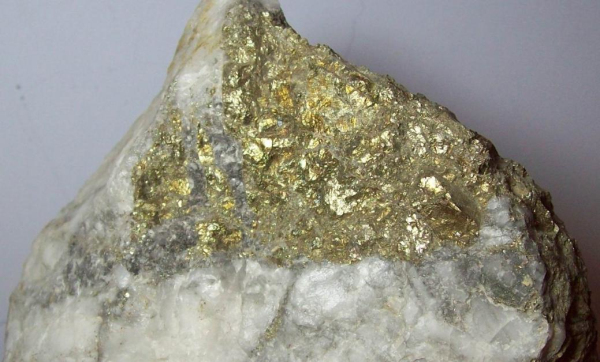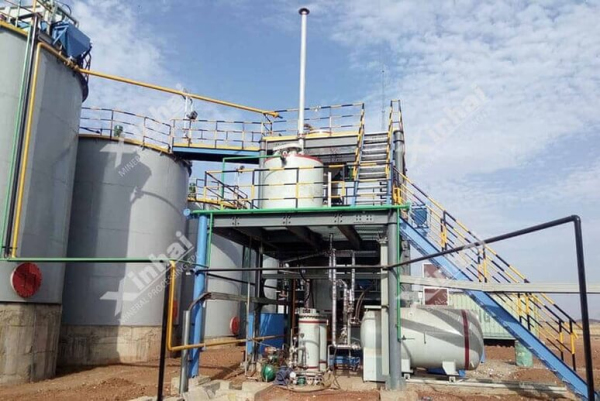With the depletion of easily leachable gold resources, many gold ores we encounter are difficult to leach. How to improve the gold recovery rate of these refractory gold ores is the top priority at present.
This article introduces five types of difficult to leach gold ores, explains why they are refractory, and lists the pretreatment scheme for each refractory gold ore.

Refractory gold ore refers to the gold ore that cannot be successfully extracted from the ore by conventional cyanidation process. The cyanide leaching rate of gold is the basis for judging the leaching difficulty of gold ore. according to the different cyanide leaching rates, the gold ore is divided into four grades, as shown in the following table:
| Gold cyanide leaching rate/% | <50 | 50~80 | 80~90 | 90~100 |
| Leachability | Extremely difficult to leach gold ore | Difficult to leach gold ore | Medium difficult to leach gold ore | Easily leachable ore |
The gold in the ore is wrapped or impregnated in sulfide minerals (such as pyrite, arsenopyrite, pyrrhotite) and silicate minerals (such as quartz) in the form of fine particles or sub micro particles, or exists in the lattice structure of sulfide minerals. Even if the fine grinding method is used, it is difficult to dissociate, so the gold cannot contact with cyanide. (Gold extraction process of physically wrapped gold)
The metal sulfides and oxides such as arsenic, copper, iron, antimony, manganese, aluminum, zinc, nickel and cobalt in the ore have high solubility in alkaline cyanide solution, consume a large amount of cyanide and dissolved oxygen, form various cyanide complexes and SCN complexes, and affect the oxidation and leaching of gold.

In the process of ore cyanidation, sulfide film, peroxide film, oxide film and insoluble cyanide film can be formed on the surface of gold particles to passivate the surface of gold and significantly reduce the oxidation and leaching speed of the surface of gold particles.
The activated carbon, humic acid, graphite and clay in the ore are easy to absorb the gold leached by cyanidation, which makes the gold lost in the cyanidation tailings and seriously affects the recovery of gold.
Gold in some ores exists in the form of antimony compounds (such as antimony gold, antimony silver gold, antimony copper gold), solid solution silver gold and other alloys, which act slowly in cyanide solution and are difficult to leach.(Three Methods of Antimony-gold Ore Extraction)

In order to improve the recovery of gold, pretreatment is needed before cyanide leaching of gold. Different ore types have different pretreatment schemes, as listed in the following table.
| Ore type | Reasons for difficult leaching | Pretreatment scheme |
| Pyrite / arsenopyrite / realgar / orpiment / stibnite type | Submicroscopic gold in sulfide | Pressure oxidation, roasting, nitric acid oxidation, biological pre oxidation |
| Pyrrhotite type | Submicroscopic gold inclusions of sulfide species | Alkali pre aeration oxidation and biological pre oxidation |
| Sulfur salt type | Gold coexists with sulfur salts (such as chalcogenite) | Chlorination method and oxidation method |
| Telluride type | Gold tellurium mineral | Chlorination method and oxidation method |
| Carbonaceous gold deposit type | "Robbing gold" effect of carbonaceous materials | Carbon removal by physical or chemical passivation |
| Refractory siliceous ore type | Submicron intergrowth of gold with quartz, chalcedony or amorphous quartz | No economically feasible method |